St Nazaire Raid Part Three: The Raid
March 25, 2019 by crew
In this, the final article of the series looking at the St Nazaire Raid and “Operation Chariot” I will be giving you a look at the port of St Nazaire and an idea of the raid itself on 28th March.
Read Part One Here
Read Part Two Here
And, if you are very well behaved we'll even talk about the demise of the Tirpitz thanks the greatest four-engine bomber of WWII (as the author of this article I'm allowed to say that!).
Planning The Raid
As we've discussed in the past, St Nazaire was identified by both the Germans and the British as the only place on the Atlantic-seaboard of France with a dry-dock large enough to house The Tirpitz. This dock was named the Normandie Dock, named after a Trans-Atlantic Ocean liner the French built during the wars, the S.S. Normandie.
The British worked out that the best way to disable a dry-dock was to stop its ability to do its job, namely become dry. With no safe way to get the work done, no-one would then be able to fix damage below the waterline. So how on earth do you stop a dry-dock becoming dry? Well, destroying the lock gate is a good place to start!
Using a naval bombardment to destroy the gate was not a possibility. The port of St Nazaire is not actually on the coast but instead up an estuary situated six miles from the Atlantic. The gate itself is also not a straight line from the mouth of the estuary due to the construction of the port, so targetting the gate would be even harder, if not impossible. This also meant that Submarines were also out of the question as the approach to the dock was full of anti-submarine nets.
Using a full blow army-led military assault was out of the question as France was occupied by Germany at this point and D-Day wouldn't happen for over two years so there were now Allies on the shores of Europe. Taking it out by air was also decided against. World War II bombing was incredibly inaccurate and haphazard. St Nazaire was also home to one of the U-Boat pens the Germans were using to strangle Britain on the oceans which meant that it was well defended from air raids with plenty of big guns.
The job was therefore given to the Commandos who, at this point, were still a relatively new unit. The RAF quickly stated they would not provide a large bombing raid as a distraction and said that the operation “requires only a few Whitley's (British Bombers), possibly fifteen to twenty, hanging around and dropping an occasional bomb”. The Navy ended up being just as unhelpful. They pretty much refused to help or give the Commandos any ships to transport them or to use as a battering-ram.
Outfitting The Campbeltown
Eventually, however, the Navy gave in and gave the Commandos a ship, HMS Campbeltown, an American WWI destroyer on loan to the British. She was reported to have a terrible turning circle and a slow top speed. Making the most out of their meagre offerings the Campbeltown was then converted to look a bit like a German ship...in the dark, at a glance, if the sentry was looking in the wrong direction, maybe?
She was also given a 12-pounder gun and eight 20mm Oerlikon AA cannons. This way, she could return fire if all didn't go well on the approach. Contrary to what you might think it wasn't going to use the 12-pounder to destroy the lock gate, that would be the job of the massive amount of explosives added to the ship; all 4.5 tons of Amotol.
Along with the Campbeltown, a number of Motor Launches (ML's) were also used. They were armed with twin Lewis machine guns and made of wood. They were mercifully given some extra armour and did have upgrades in the form of 20mm Oerlikon AA cannons front and back. The only major issue was that the boats didn't have the range to get to St Nazaire, sail around the estuary covering the Commandos, pick them up and sail back to England! The British then had an ingenious, if not, ridiculous, solution.
They fitted two long-range fuel tanks to each of the ML's on the decks...and they were in no way armoured. The Campbeltown had been built to be a bomb on purpose, these MLs were now bombs by mistake!
With the preparations made and their mission in mind 611 men (346 Royal Navy servicemen and 265 Commandos) left the south coast of England from Falmouth, Cornwall on their way to occupied France.
Slow & Steady
To begin with the Germans in a number of the defensive positions didn't challenge the Campbeltown as it sailed down the middle of the estuary. This should have raised some suspicions as the deep water channel hugged the northern shoreline but the Campbeltown was travelling over sandbanks, some of which were just ten feet below the surface of the water. Maybe the planned RAF bombing diversion was actually doing its job? In actual fact, this was little more than an irritation to the Germans.
Cloud cover had covered the area and the British bombers weren't given instructions on what to do in this event, so they just circled the area and alerted the Germans to something fishy going on. Eventually, the Germans worked out that the British were actually sailing up to the front door and all hell broke loose. Guns were firing to the Campbeltown and in turn, it was returning fire.
Searchlights came on and illuminated the estuary, the ship, the docks, the banks and everything else in the area. Now lined up to their target, the captain, Stephen Beattie, ordered the speed to be increased. With a crash, the Campbeltown impacted the lock gates at nineteen knots (35km/h), only three minutes behind schedule.
All Hell Breaks Loose
The primary targets for the Commandos were the Pumping Houses, the Wheel House and the defences around the jetty called The Mole. The Pumping Houses were designed to pump water out of the dry-dock and the Wheel House operated the lock gates so if the Campbeltown failed to detonate or destroy the gates, destroying the buildings would help prevent the Germans being able to use the dock.
The Mole was important to the Commandos as this was where they would board the ML's so they could get back to Britain. Unfortunately, by the time the Campbeltown impacted and the Commandos disembarked, the Germans were aware and immediately fighting back in earnest, sighting many of the Commandos and their avenue of escape.
Whilst the Wheel House and the Pumping Houses were destroyed most of the ML's needed to return the Commandos were also blown to bits. The Commandos were now stuck in occupied France and they had just kicked a really big hornet's nest.
A Daring Escape
The Commandos made the decision to make their way to the neutral country of Spain. This was no mean feat as it meant fighting from St Nazaire to the Spanish border! To put it in perspective this was a distance (depending on their route) of approx 500km+. With that in mind, it probably won't come as a surprise to learn that the majority failed to escape.
Some were able to escape via the ML's and were able to return to England, making use of their original plan but of the 611 on the mission, 169 were killed and a further 215 were captured. Probably the biggest surprise of all was that it is rumoured that five Commandos actually made it to the Spanish border!
Tick, Tock, Tick, Tock...
This image below is of captured Commando Michael Burn, one of the officers from No. 2 Commando.
He noticed the German photographer and so managed to give a subtle “V For Victory” sign (notice his left hand). The guards and photographer didn't notice this and neither did the German propaganda machine. This picture was published throughout Germany and provided a little dig at the Axis.
The German photographers also had problems trying to get photos of the captured British prisoners looking defeated. All of them smiled. It was almost like they knew something. It wasn't long before their secret was revealed in an explosive way....literally.
When the Campbeltown finally detonated, it killed an estimated 360 Germans who were inspecting the ship, trying to gather intelligence or just souvenir hunting. Some of the German bodies from the Campbeltown were found on the roof of the Sub-pens over 400m away. The lock-gate was also completely destroyed. The Commandos mission was a success. For many of the Commandos, their war was now over, a mission fulfilled.
The Aftermath
Below is an aerial photograph of St Nazaire and as you can see the Campbeltown can still be seen in the dock. This was taken a few months after the raid but shows that the damage was so severe, the dry-dock wasn't repaired and operational until 1947. This does bring forth another big question: What happened to The Tirpitz?
Well, the Germans simply could not afford to risk her being damaged in the Atlantic so she stayed in the Norwegian Fjords for the remained of the war proving Operation Chariot was a success. In total, she fired her gun in aggression only on one occasion during the entirety of the war. As promised, the demise of The Tirpitz came about in Operation Catechism, November 12th, 1944. A force of thirty-two AVRO Lancaster bombers (yes, the greatest four-engine bomber of the war) from Nos. 9 and 617 squadrons dropped a total of twenty-nine Tallboys on The Tirpitz scoring two direct hits and one near miss. Thankfully it was enough to capsize and sink her and so one of the largest battleships the Germans had ever made was rendered almost useless by a small destroyer packed with explosives and the following RAF raid whilst she sat idle.
There are no parades, songs, poems or dedications to the Commandos or sailors who took part in this raid. There is, however, a small plaque in a car park in Falmouth where the raiders set off, an almost quiet dignity left for those who gave their lives. In this one action, five Victoria Crosses were awarded along with four Croix De Guerre and a number of other medals.
I hope these articles have helped you understand just how important not just to Britain but the Allied war effort this one raid was. Whilst I haven't been able to cover everything from the raid I hope this has given you ideas to help get your games off the ground based on it.
To help with those looking for other interesting takes on the raid I have found two movies that are based around the raid (they aren't 100% accurate, but use the raid as an inspiration). Gift Horse (1952) and Attack On The Iron Coast (1967).
Make sure to do something on 28th March to commemorate this immense undertaking by some brave souls, many of whom lost their lives.
By Matt Buck
Are you getting ready to celebrate this raid on the tabletop yourself?
"The Campbeltown had been built to be a bomb on purpose, these MLs were now bombs by mistake!"
Supported by (Turn Off)
Supported by (Turn Off)
"There are no parades, songs, poems or dedications to the Commandos or sailors who took part in this raid..."
Supported by (Turn Off)

































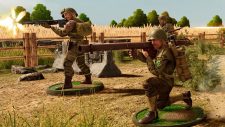







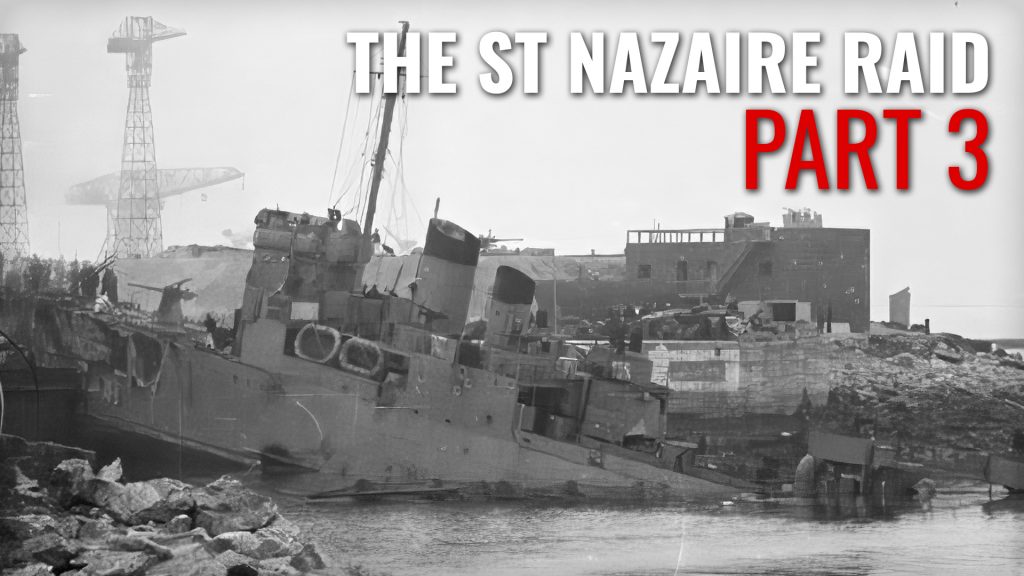
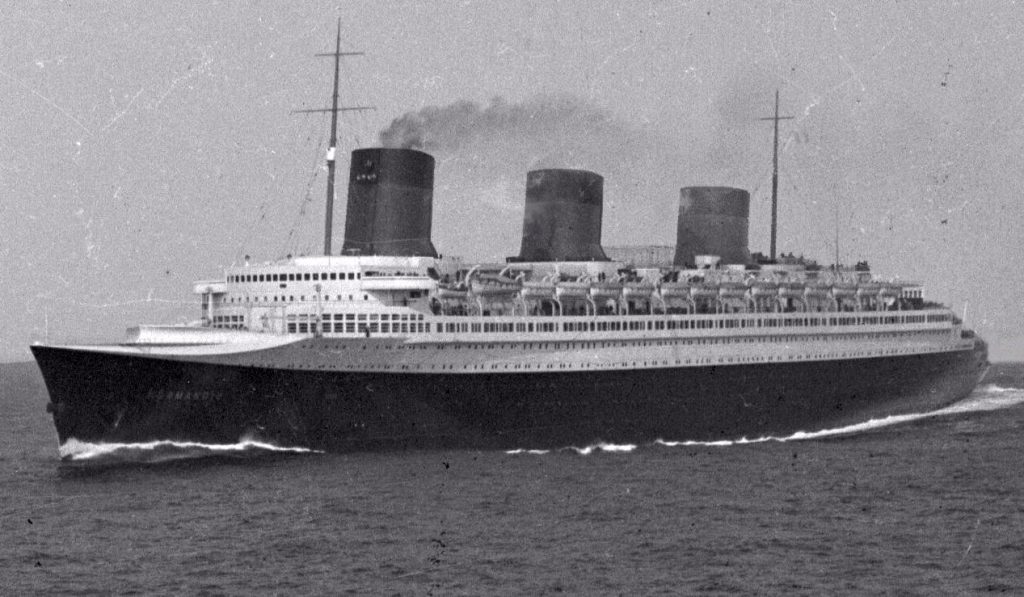

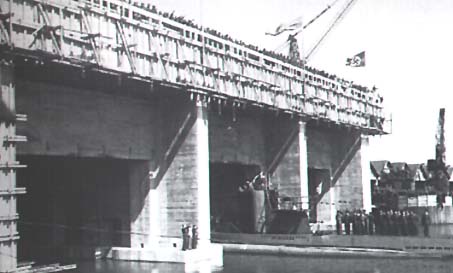

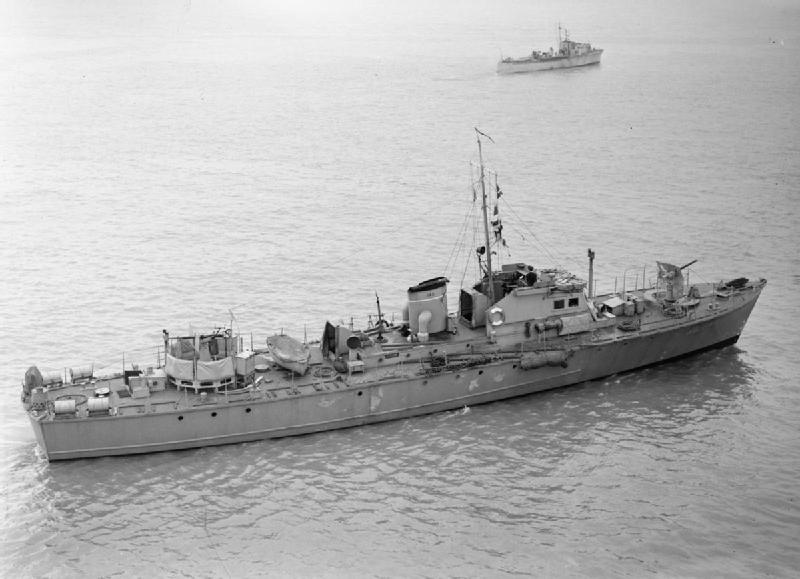
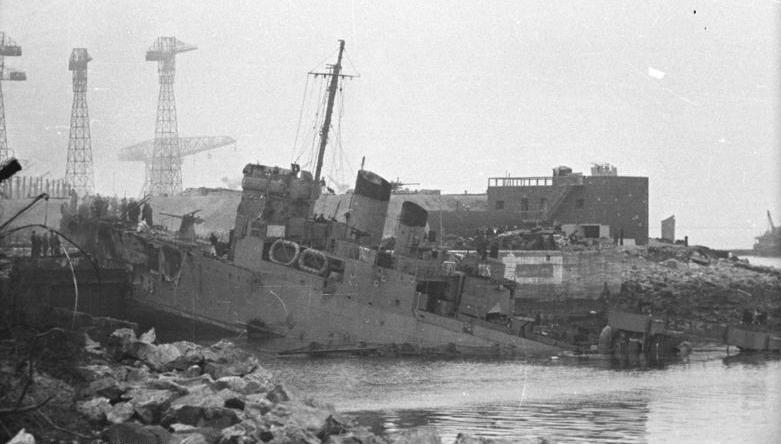
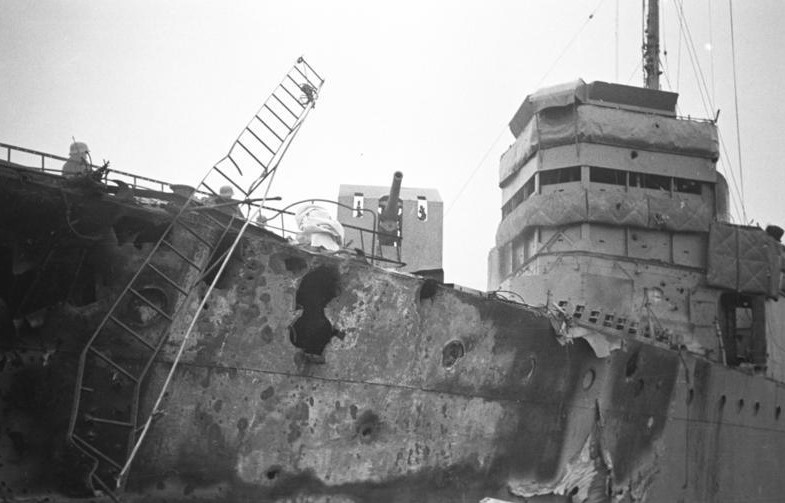

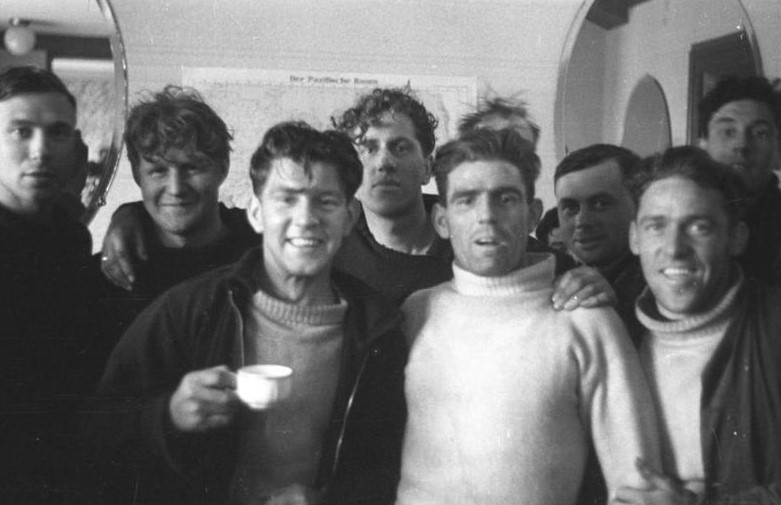
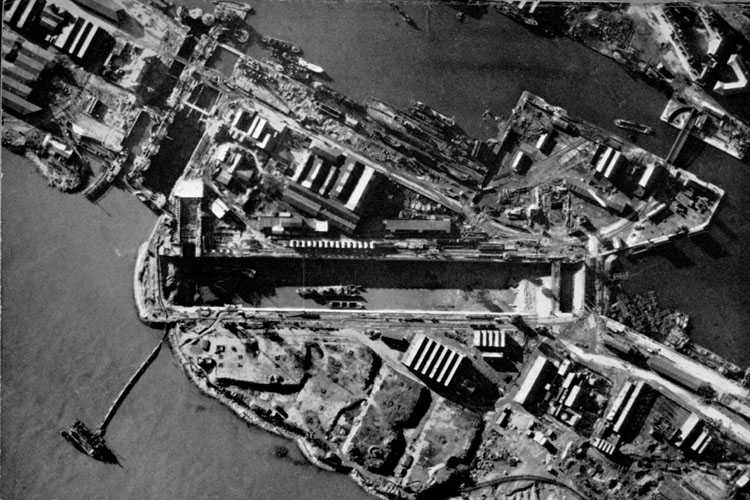
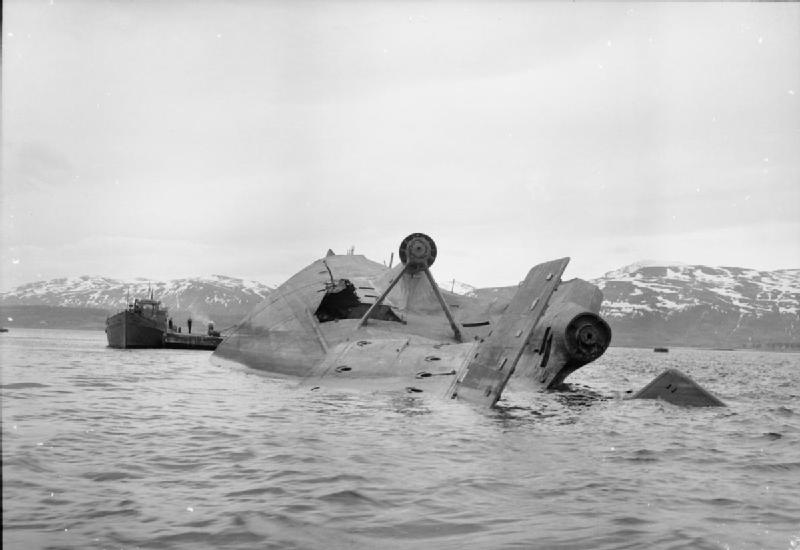


















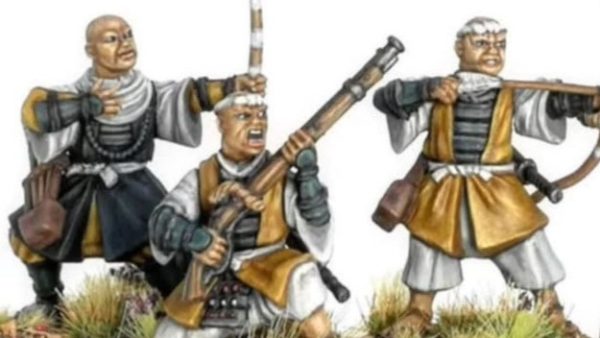
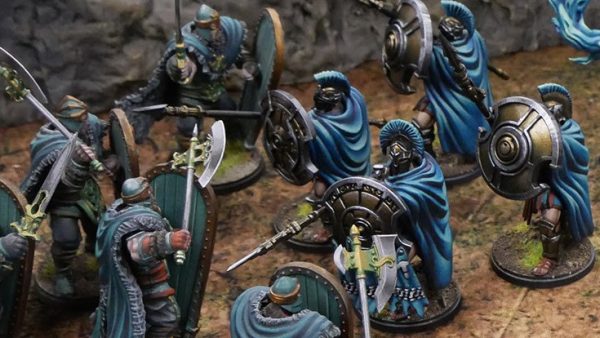

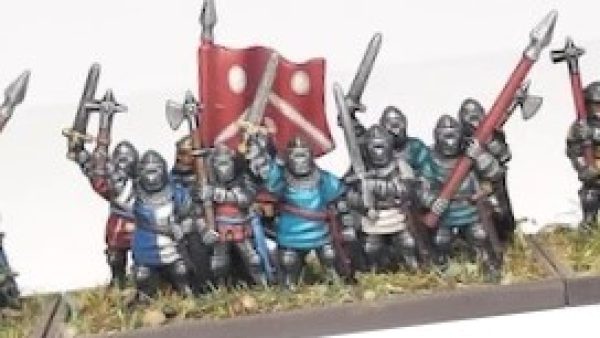
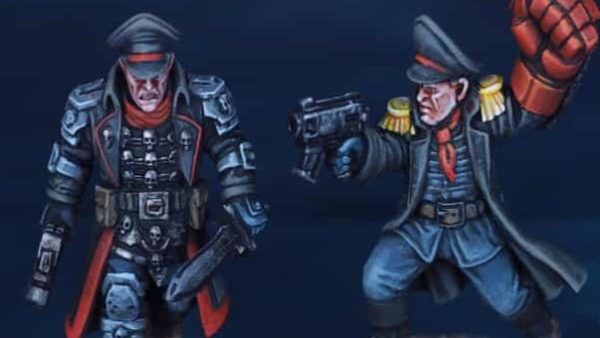



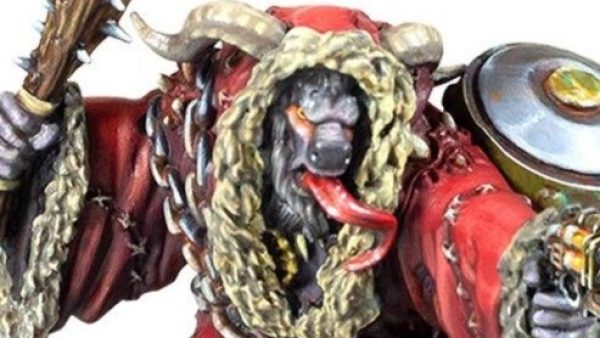
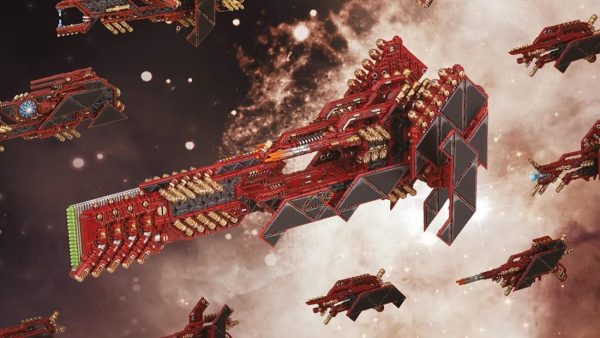





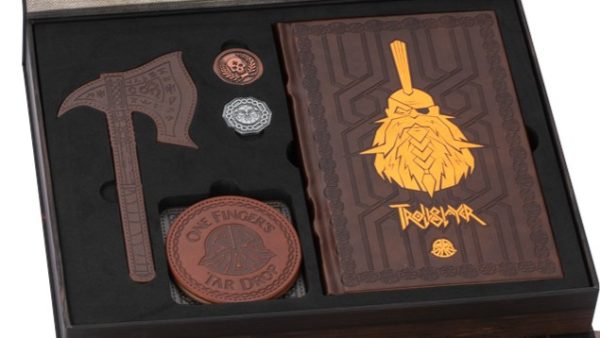
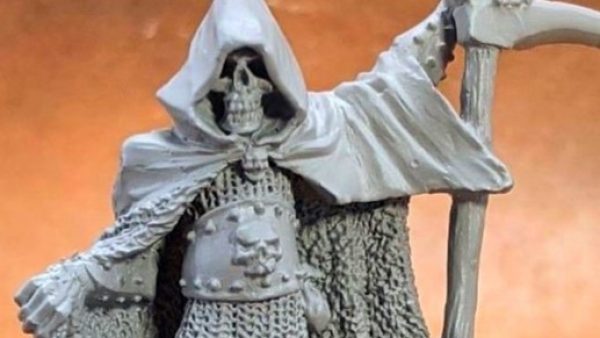
there is a old war film called the “Gift Horse” with a Dickie Attenborourgh in it, which is the fictionalised version of this raid. a good sunday afternoon viewing with a brew and your feet up
Aye Matt mentions it in the article 😉
Thanks for the recommend, sat down and watched it tonight while painting.
This is fantastic story and really well written article. However, I think that it is also worth to read a chapter from McRaven’s SpecOps about this raid. In his opinion plan was compicated and had many flaws. Success was achived only thanks to indomitable spirit of the British commandos.
I haven’t personally read the book yet, but I have heard it is a good read. The mission was, in essense, relatively simple (find a boat, ram the gate, blow stuff up, get on a new boat, go home), however a lot of things didn’t happen that should have happened, from planning the raid right the way through to the execution of the mission which made it so hard.
Thanks for the article series, very illuminating.
a great set of articles.
I think it was the fifth raid they got the Tirpitz on the others were big failures and was as difficult as Luke taking out the deathstar.
The Navy and RAF were always doing this to the Commandos. The RAF would always say they could handle it with bombs.
“Ministry of Ungentlemanly Warfare” goes deep into the history of the Commandos and them being abandoned or even directly compromised (circling bombers) was basically the norm.
Fantastic articles @cypher2009
I think the film submarine X1 is about the Tirpitz? edit no its not.
Excellent series of articles, must go up to the loft and find my old Avalon Hill board game of the raid.
their was a total of 25 raids with medium, heavy, or dive, bombers or chariot manned torpedo’s or midget subs mostly with little to no damage done here’s a list of the raids.
https://en.wikipedia.org/wiki/List_of_Allied_attacks_on_the_German_battleship_Tirpitz